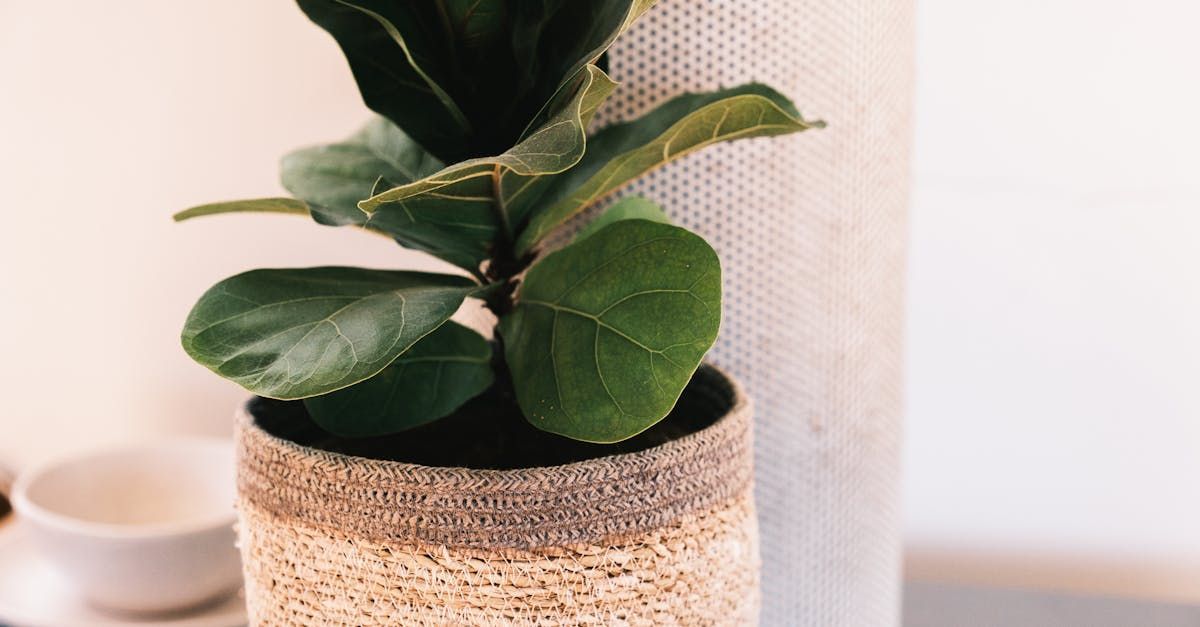How To Turn Your Living Room Into a Calm Sanctuary

Our home is our sanctuary, and our living room is at the centre of it. It's where we relax at weekends and in the evening. It's where we unwind and spend time with family and friends.
Living rooms are our havens where we recharge before facing the outside world's hustle again.
So what if your sitting room feels more like a den of chaos than an oasis of calm?
If the sight of your living room makes you feel stressed or tense, take it as a sign to make some changes. But where do you start?
Assess Your Needs
Think about what doesn't work in this space right now. What do you notice first when you enter the room? Is storage a problem? Does it feel dingy and oppressive in the daytime? Are your work papers and equipment starting to dominate the room?
Ask yourself what your idea of a calm living room would be. Everybody is different. You might dream of clean lines and clutter-free surfaces, or you might find this level of minimalism too extreme. There's no right or wrong answer. The space is yours to make into whatever works for you.
Practicalities
You might now have an idea of what you want to address and what you'd like the room to look like. But before you get carried away by the glossy magazine images, put on your practical hat.
You may see serenity in white flooring and sofas, but does this work for your daily life? If you have small children, how serene will you feel when they spill Ribena on the settee? If you're going to feel on edge when anyone gets near your white furnishings with a potential stain hazard, you might need to re-think your vision. Either that or you convert everyone to a beige food and drink diet, which could be a tad radical!
Your practical head also means working to your budget. Keep your expectations realistic. Changing furniture or flooring can be costly. You can still make subtle, more economical upgrades if this expense is impractical.

Declutter Your Space
Clutter can play havoc on your mental health and stress levels. If you're trying to create a calm sanctuary, keeping your home clean and tidy will give you a much better chance of achieving this.
Look for the quick wins first. What can you put away in cupboards? Tackle that pile of mail and magazines you've meant to sort through.
If you've acquired a lot of stuff over the years, it could be time for a clear-out. If you have items that no longer serve a purpose or you have no emotional attachment to them, it's time to say goodbye. If they're too good to throw away, donate them to a charity shop or sell them online.
You don't have to purge your room of everything. It's a case of eliminating enough so the space feels more ordered. Baskets and boxes are practical and inexpensive storage solutions. Available in assorted designs and styles, they can work harmoniously with your decor.
Colour Choice
The general advice is to use soft tones and neutral colours to create a calming space. Cool tones like blues and greens are often associated with calmness and tranquillity, while vivid shades are perceived to be more stimulating.
Although there are common associations, colour is subjective, so consider your preferences. If a particular shade sparks joy, don't feel you shouldn't use it. Perhaps you find comfort in a colour because you associate it with a memory of a loved one. You might feel splashes of colour help your living space to feel more homely.
Remember, this is about creating an environment where you and those you live with can relax. It's not about appealing to the masses.

Natural Elements
Research shows that spending time in nature benefits our mental wellbeing, so why not bring some of nature indoors?
Introducing plants can soften a room's appearance. If you're wondering whether the neutral colour scheme you chose will feel bland, plant foliage will create a pleasing contrast. Plants look aesthetically pleasing, and research suggests that indoor plants can help reduce stress.
You can also use natural materials such as wood, stone, and bamboo. These are tactile materials that create a sense of harmony and peace.
Comfort
Your living room should be a place to unwind and feel comfortable after a hectic day. Touch and feel are essential attributes for comfort.
Use soft textures in your upholstery that feel warm to sit on. Cushions add cosiness and can also help you sit more comfortably.
Invest in a plush rug to sink your feet into. Cosy throws are perfect to snuggle under during chilly evenings.
Light and Ventilation
Natural light and fresh air are vital for our wellbeing, yet many homes lack adequate lighting and ventilation.
Maximise natural light by keeping curtains and blinds open during the day. Add a mirror to help reflect light. Open windows regularly to refresh stale air.
Choose soft, diffused lighting options such as table lamps, floor lamps and candles. These will create a warm and inviting ambience rather than harsh overhead lighting.
Fragrance
Aromatherapy can be a powerful relaxation tool. For centuries, people have used essential oils to promote health and wellbeing.
Soothing scents such as lavender or ylang ylang can help you unwind. Candles, essential oil diffusers, and potpourri can pleasantly fragrance your home and give off relaxing spa vibes.

Make Your Living Room Uniquely You
Decluttering doesn't mean you can't display anything or show any personality. Personal touches transform a space into a home.
Individualise your room with meaningful objects that bring you happiness. It could be photos of loved ones, beautiful artwork, or a treasured family heirloom.
Displaying items with a personal significance can help create a sense of ease and belonging in your home.
Designate Your Homeworking Zone
More people are working from home now, either full-time or a couple of days a week. Not everyone is lucky enough to have a separate office.
If your living room is often your workspace, create a designated homeworking zone to avoid work items taking over the whole room.
When reminders of work surround you, it's harder to switch off. Try to store away papers and equipment at the end of the day so the living room becomes a restful area rather than an extension of your office.
Setting boundaries is essential when you work from home, and it's not just physical boundaries. It can be easy to work extra hours when you have your laptop with you. But it is important to set your work hours and keep to them as much as possible to enjoy the peaceful space you've created.
Love Your Living Room
Our living rooms are places where we spend our leisure time. They are where we entertain, spend time with our families, or snuggle up to watch a film. We all need a space to relax and feel comfortable.
Our living rooms can become a calm sanctuary away from everything that might be going on outside. Our little oases don't have to look identical. While common elements can help create a tranquil living space, don't discount practicalities and your personal preferences. To love your living room is to create those touches that make it uniquely yours.
Thanks for Reading!
If you need similar content for your website, let's work together.
I can help you develop ideas and transform them into engaging blog pieces, saving you time and effort.









